Top 10 mega projects in India that are ongoing and currently under construction in 2023
India's development in next 10 years
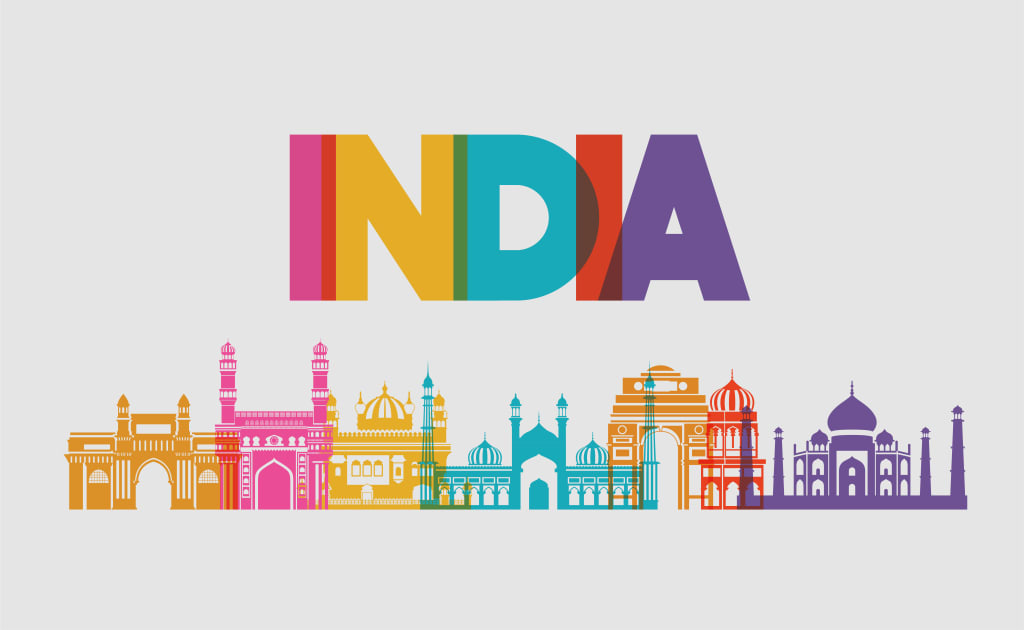
1. Chenab Rail Bridge
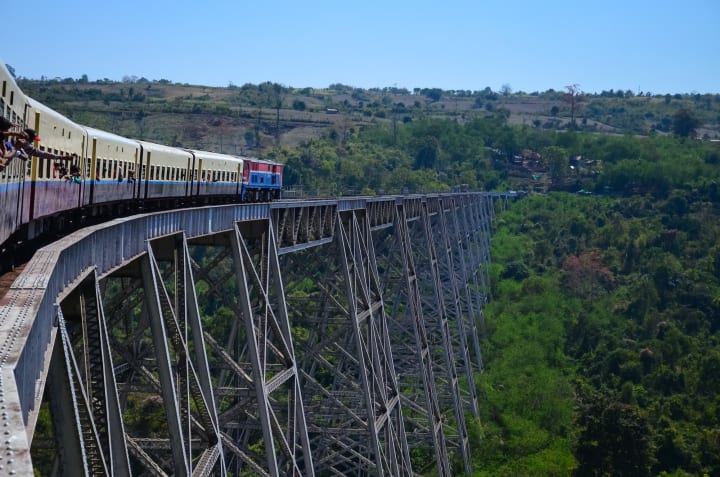
The Chenab Rail Bridge is a railway bridge currently under construction in the Jammu and Kashmir state of India. It is being built over the Chenab river, which is considered one of the most challenging rivers to cross in the region due to its fast-flowing currents and deep gorges. The bridge is considered to be an engineering marvel as it will be the highest railway bridge in the world, with a height of 359 meters (1,178 feet) above the river.
The bridge will connect the Katra and Banihal towns, and it is part of the Udhampur-Srinagar-Baramulla rail link project. The project is expected to provide all-weather connectivity to the remote and inaccessible areas of the region and also plays a key role in promoting tourism and economic development in the region.
The construction of the bridge began in 2002 and is expected to be completed by 2025, with a total cost of around 12,000 crore rupees (1.6 billion USD). The bridge is being built by the Konkan Railway Corporation Limited (KRCL) and is being constructed using cutting-edge technology and advanced engineering techniques.
The bridge will be a major feat of engineering, with its design taking into account the extreme weather conditions, high-velocity winds, and seismic activity in the region. It is also expected to improve connectivity, boost economic growth and reduce travel time in the region.
2. World’s First Motorable Road Through the Glaciers HIMANK
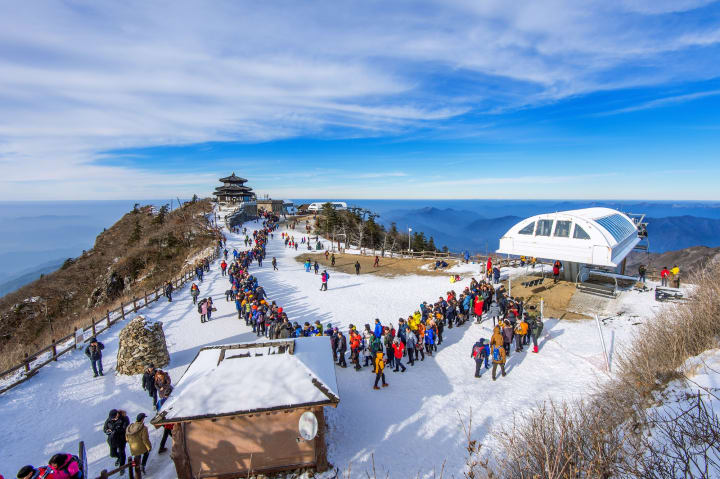
HIMANK (Himachal Pradesh Public Works Department's Project HIMANK) is a project undertaken by the Himachal Pradesh Public Works Department (HPPWD) in India to construct a motorable road through the glaciers in the Himalayas. The project is considered to be the world's first motorable road through a glacier and is located in the Kinnaur district of Himachal Pradesh, India.
The project includes the construction of a 12.5-km long road that passes through the challenging terrains of the Lahaul and Spiti valleys, including the Shingo La glacier at an altitude of 17,042 ft. The road is built using modern technology such as the use of global positioning systems (GPS) and remote sensing to navigate the treacherous terrain. The road is built to withstand extreme weather conditions such as heavy snowfall, landslides, and avalanches.
The project was launched in 2000 and completed in 2020, after 20 years of construction. The road provides all-weather connectivity to the remote and inaccessible areas of the Lahaul and Spiti valleys and also plays a key role in promoting tourism and economic development in the region.
It is a remarkable engineering achievement and it will not only provide better access to remote areas but also help in the development of tourism and other economic activities in the region.
3. Mumbai Trans Harbour Link Project (Sewri – Nhava Sheva Sea Link Project )
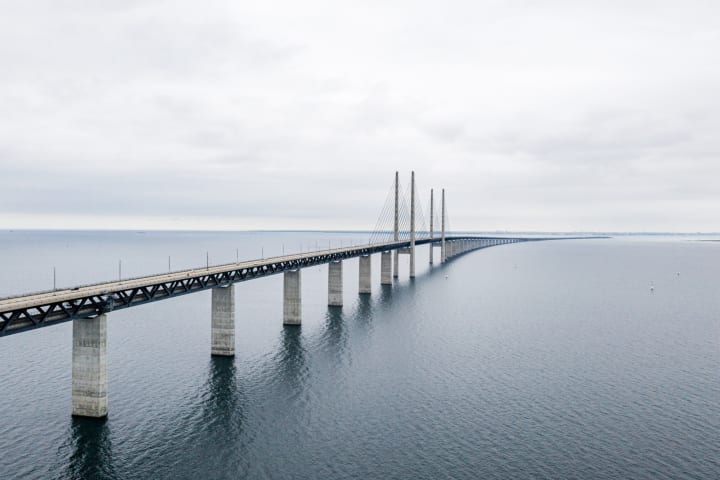
The Mumbai Trans Harbour Link (MTHL) project, also known as the Sewri-Nhava Sheva Sea Link project, is a proposed 22-km long sea bridge in India that will connect the mainland city of Mumbai with the satellite city of Navi Mumbai. The bridge is expected to provide an alternative route to the existing Mumbai-Pune Expressway and ease the traffic congestion on the existing Mumbai-Pune route. The bridge is expected to reduce the travel time between Mumbai and Navi Mumbai from the current 4 hours to just 30 minutes.
The project includes the construction of a 22-km long sea bridge and the development of the connecting roads and interchanges on both sides of the bridge. The project also includes the construction of a new international airport at Navi Mumbai, which will be connected to the bridge. The project is expected to cost around Rs. 17,843 crore (2.4 billion USD).
The project is being implemented by the Maharashtra State Road Development Corporation (MSRDC) in partnership with the private sector. The project is expected to create thousands of jobs and will have a positive impact on the economic development of the region.
The project is still under planning and development, several studies, surveys and environmental clearances are still pending. The project's construction is expected to begin in 2021 but the actual date of completion is not confirmed yet. The project is expected to be completed by 2027.
4. Mumbai to Delhi Expressway
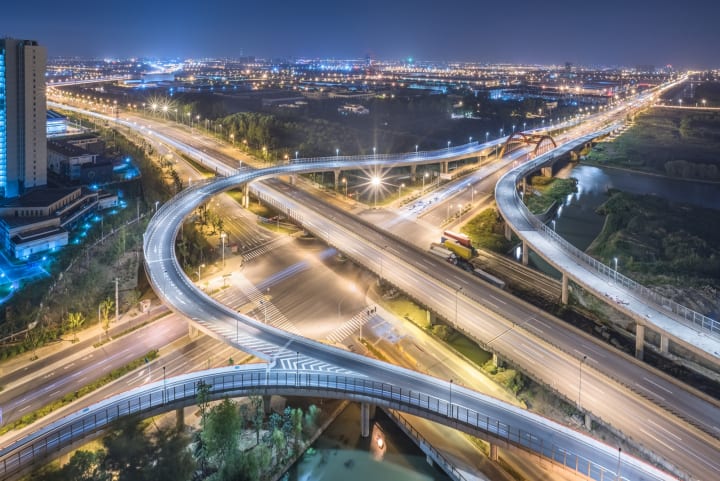
The Mumbai-Delhi Expressway is a proposed expressway project in India that aims to connect the cities of Mumbai and Delhi with a high-speed and high-quality expressway. The expressway is expected to be an eight-lane, greenfield expressway with a total length of around 1,450 km.
The expressway is expected to reduce the travel time between Mumbai and Delhi from the current 24 hours to just 12 hours, making it one of the fastest road connections between the two cities. The expressway is expected to be equipped with advanced features such as Intelligent Transport Systems (ITS), toll collection systems, and service areas.
The project is expected to cost around Rs. 1.5 lakh crore (200 billion USD) and is being implemented by the National Highways Authority of India (NHAI) in partnership with the private sector. The project is expected to create thousands of jobs and will have a positive impact on the economic development of the region.
The project is still in planning and development stages and has not yet been officially announced by the government. The actual date of completion of the project is not confirmed yet and it will depend on various factors such as funding, environmental clearances, and land acquisition.
5. Central Vista Redevelopment Project
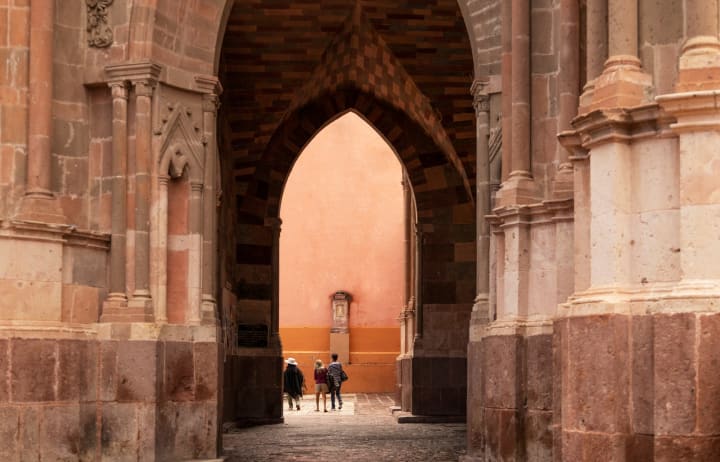
The Central Vista Redevelopment Project is a major urban renewal project currently being undertaken by the Government of India in the heart of the national capital, New Delhi. The project aims to transform the Central Vista, which is a 3 km-long ceremonial boulevard that stretches from the Rashtrapati Bhavan, the President's residence to India Gate, the national monument and war memorial.
The project includes the construction of a new Parliament building, a common central secretariat, a new residence for the Vice President of India, a new office for the Prime Minister and a new building for the Ministry of Housing and Urban Affairs.
The project also includes the redevelopment of Rajpath, the ceremonial boulevard and the development of new parks and public spaces along the Central Vista. The project is expected to cost around Rs. 20,000 crore (2.7 billion USD) and is being implemented by the Central Public Works Department (CPWD) in partnership with the private sector.
The project was announced in September 2019, and construction work began in December 2020. The project is expected to be completed by 2024, in time for the 75th anniversary of India's independence. The project is expected to create thousands of jobs and will have a positive impact on the economic development of the region. However, the project has been surrounded by controversies and has been opposed by several people, citing environmental concerns and lack of transparency.
6. Navi Mumbai International Airport (NMIA)
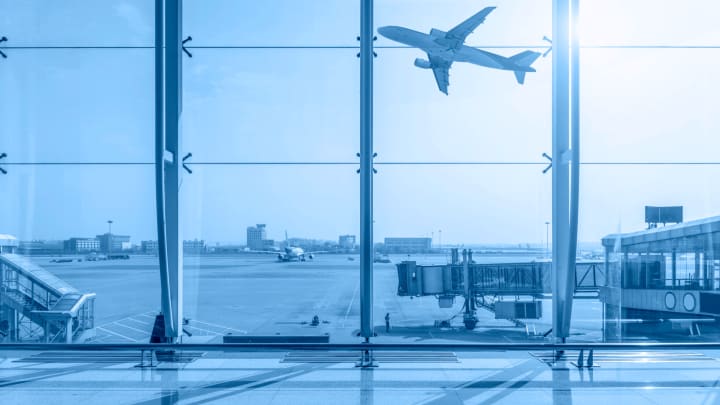
The Navi Mumbai International Airport (NMIA) is a proposed greenfield airport being developed in the city of Navi Mumbai, which is located on the mainland across the Mumbai harbor from the city of Mumbai, India. The airport is being developed to ease the congestion at the existing Chhatrapati Shivaji Maharaj International Airport (CSIA) in Mumbai, which has reached its capacity limit.
The project includes the construction of a new airport with two parallel runways and a capacity to handle 60 million passengers per year, which will be expandable to handle up to 100 million passengers per year. The project also includes the construction of a new terminal building, a new cargo terminal, and a new maintenance, repair, and overhaul (MRO) facility. The project is expected to cost around Rs. 16,000 crore (2.2 billion USD) and is being developed by the City and Industrial Development Corporation (CIDCO), a government of Maharashtra's undertaking.
The project was first proposed in 1997, but due to various reasons, it faced several delays and obstacles, and the actual construction work began in 2018. The project is divided into two phases, the first phase is expected to be completed by 2023 and the second phase by 2030. Once completed
7. Supernova Spira – India’s Tallest Residential Towers

India’s tallest mixed use tower with 300 meter height and 80 floors, is undergoing finishing touch will ready by 2024
The structure is a mixed-use tower with 80 storeys and a height of 300 meters. Due to unforeseen pandemic limits, the project is currently nearing completion.
Once its construction gets completed, Supernova Spira will be the tallest structure in India. Even more than the height of the current tallest building i.e. World One Skyscrapper, which is located in Mumbai, Maharashtra.
8. Bharatmala Pariyojana Programme
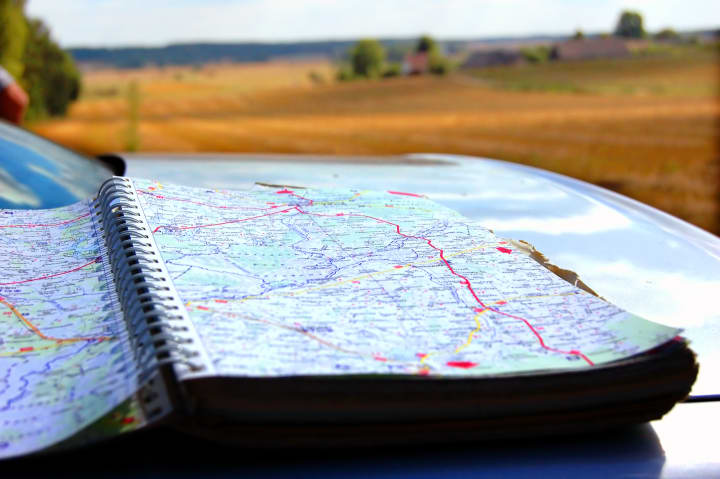
Bharatmala Pariyojana is a centrally-sponsored and funded road and highways project launched by the Government of India in 2017. The project aims to improve the efficiency of the transportation network in India by developing approximately 34,800 km of national highways and highways, primarily in the western and southern regions of the country.
The project includes the construction of new expressways, inter-corridor and feeder routes, border and international connectivity roads, coastal and port connectivity roads, and greenfield alignments. The project also includes the upgradation of existing national highways to two-lane or four-lane with paved shoulders.
The project is being implemented by the Ministry of Road Transport and Highways (MoRTH) and National Highways Authority of India (NHAI). The project is expected to cost around Rs. 5.35 lakh crore (735 billion USD) and will be completed in phases over a period of five years (2017-2022).
The project is expected to create thousands of jobs and will have a positive impact on the economic development of the region by providing better connectivity, reducing travel time and costs, and promoting industrial and economic growth. Also it is expected to improve the ease of doing business and increase the overall competitiveness of the Indian economy.
9. Sagarmala Project
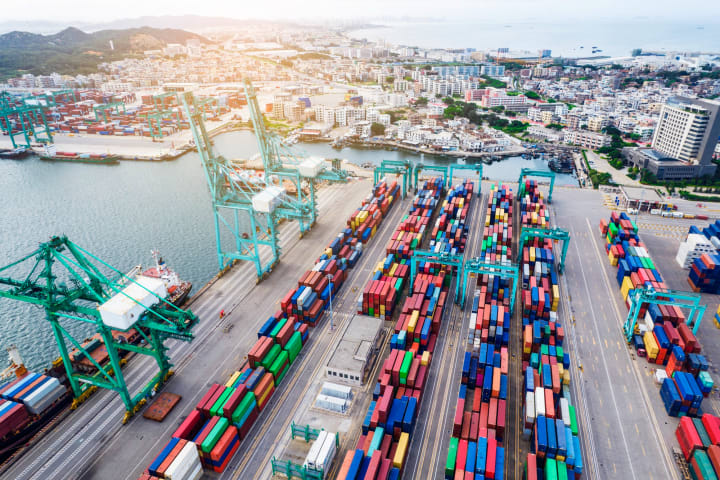
The Sagarmala project is a flagship program launched by the Government of India in 2015, which aims to promote port-led development in the country and to enhance the competitiveness of India's logistics sector. The project is being implemented by the Ministry of Shipping in collaboration with other government agencies and the private sector.
The project aims to modernize and upgrade India's ports, improve the efficiency of the supply chain and reduce the logistics cost for businesses. It includes the development of new ports, the modernization and mechanization of existing ports, the construction of new port-linked industrial clusters, and the development of new port-linked transportation infrastructure such as rail, road, and inland waterways.
The project also includes the development of coastal economic zones, special economic zones, and coastal community development programs. The project is expected to cost around Rs. 8 lakh crore (110 billion USD) and will be completed in phases over a period of 20 years (2015-2035).
The project is expected to create thousands of jobs and will have a positive impact on the economic development of the region by providing better connectivity, reducing travel time and costs, and promoting industrial and economic growth. It is also expected to improve the ease of doing business and increase the overall competitiveness of the Indian economy by reducing the logistics costs and increase the ease of trade.
10. Ken Betwa River Link Project
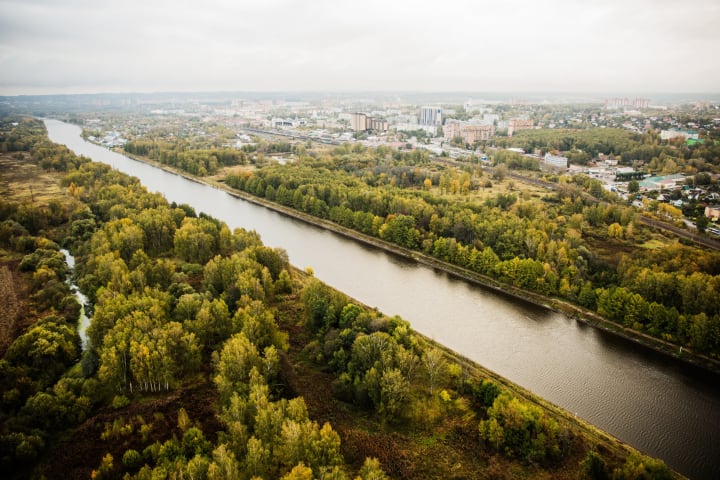
The Ken-Betwa River Link Project is a proposed project to link the Ken and Betwa rivers in India. The project aims to transfer water from the Ken river, which has surplus water, to the Betwa river, which has a deficit, through a series of canals and dams. The project also includes the construction of a dam on the Ken river, a canal to transport the water, and a power generation component. The project is intended to provide irrigation and drinking water to the drought-prone Bundelkhand region, as well as generate hydroelectric power. The project has faced criticism over the potential environmental and social impacts, including the displacement of local communities and the loss of forest cover.
At 2020-21 price levels, the overall cost of the Ken-Betwa link project has been estimated at Rs.44,605 crore.
Mega projects in India are going to change & boost the Indian Economy in upcoming days.
About the Creator
Nazeer Mohammed
Story, as it turns out, was crucial to our evolution -- more so than opposable thumbs. Opposable thumbs let us hang on; story told us what to hang on to.
Stay together always.........
Enjoyed the story? Support the Creator.
Subscribe for free to receive all their stories in your feed. You could also pledge your support or give them a one-off tip, letting them know you appreciate their work.


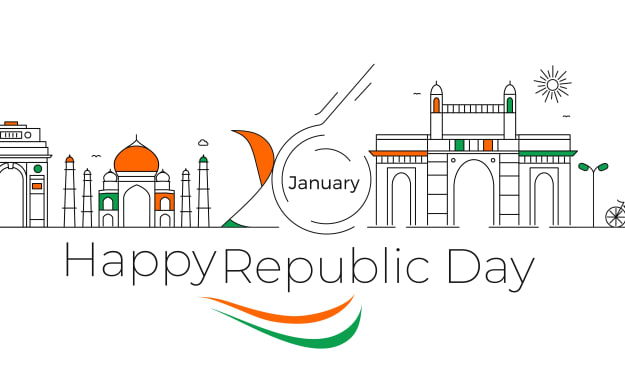



Comments
There are no comments for this story
Be the first to respond and start the conversation.